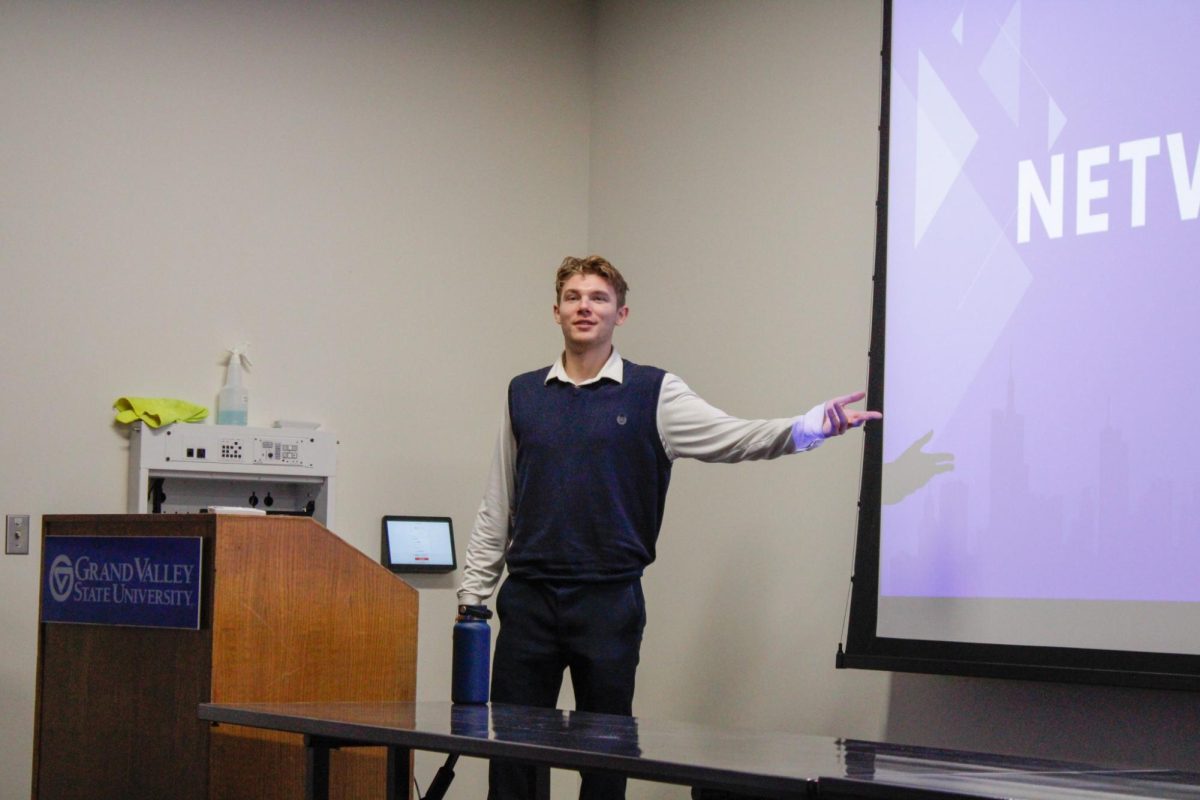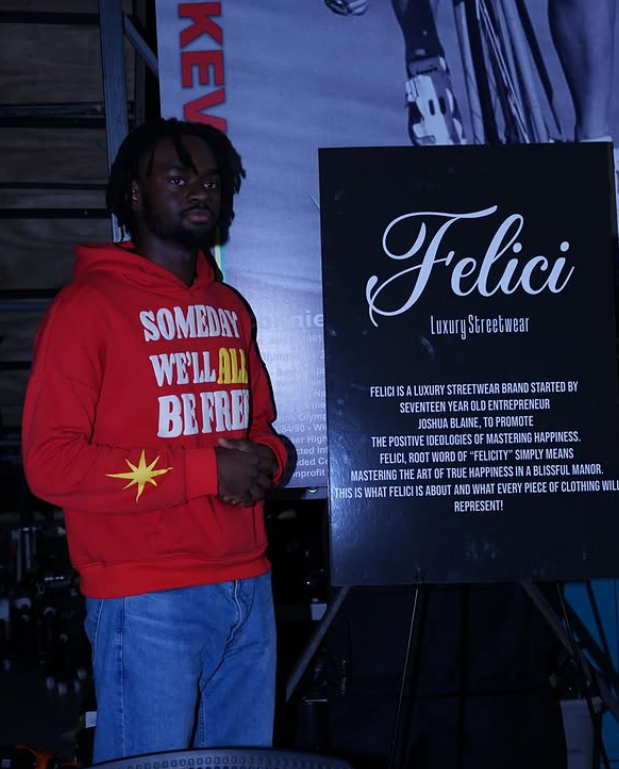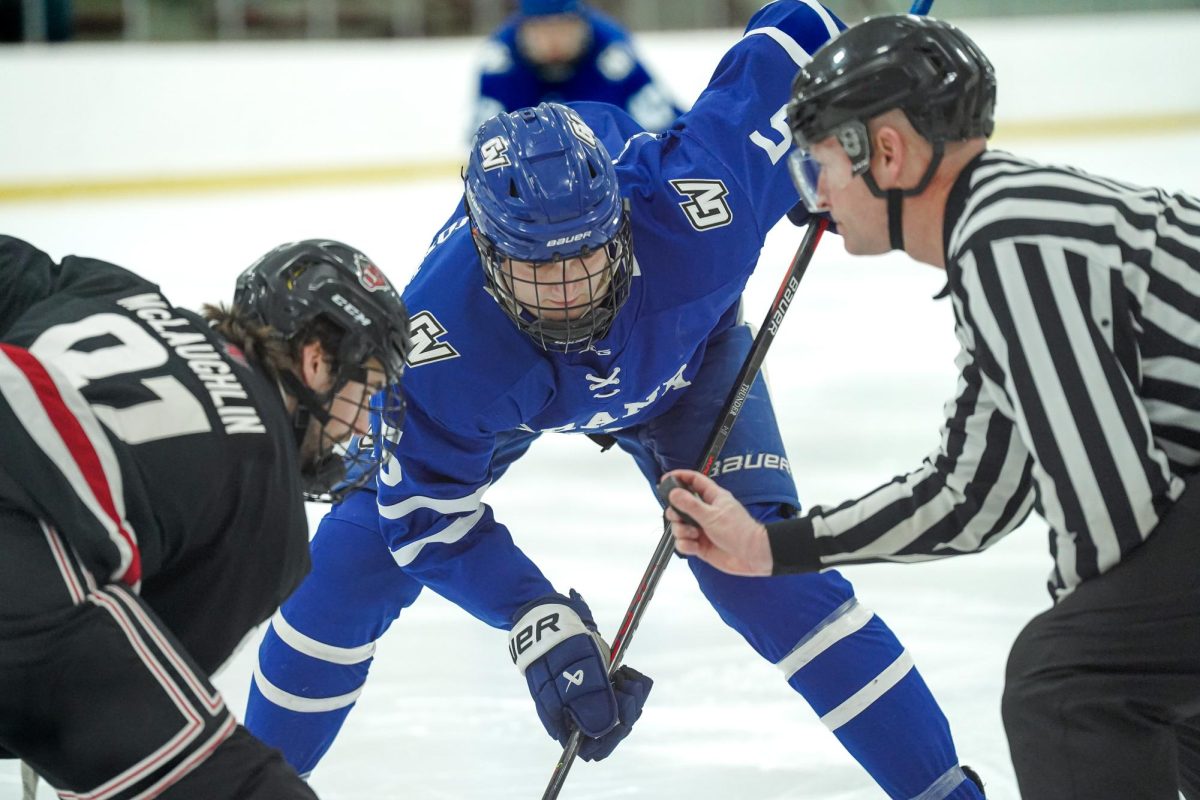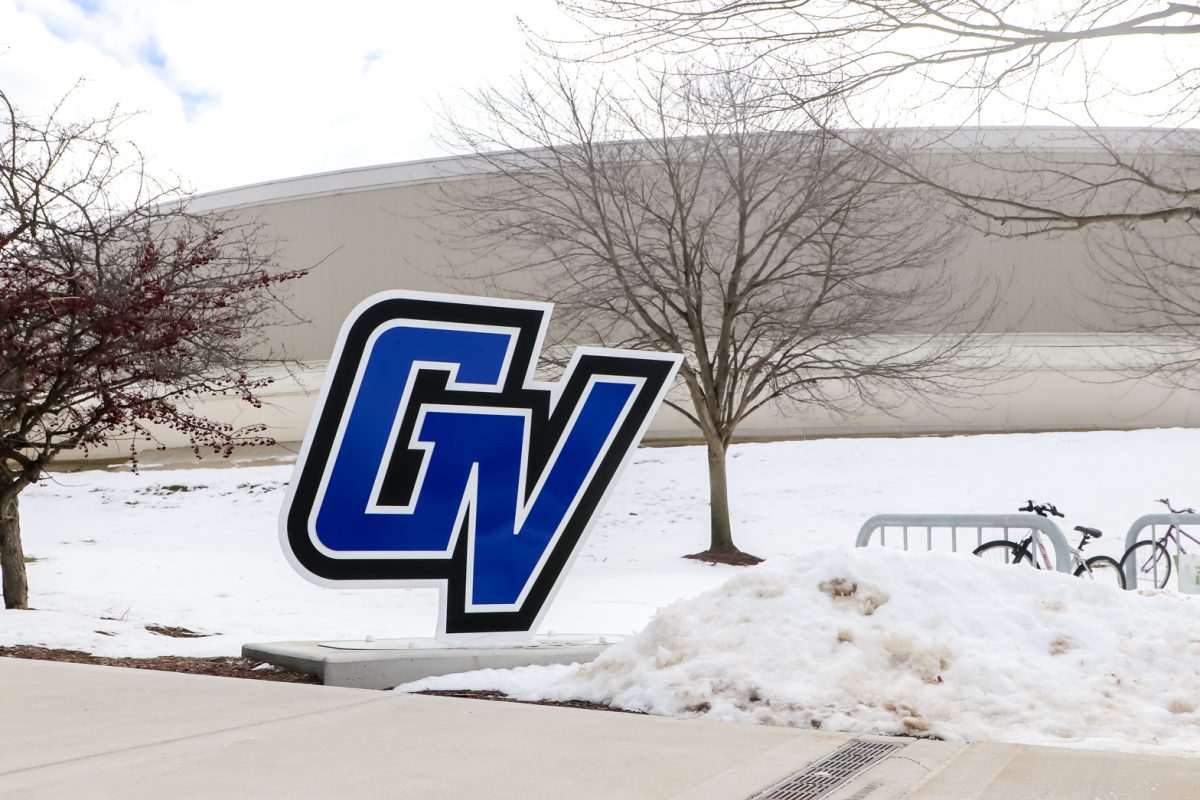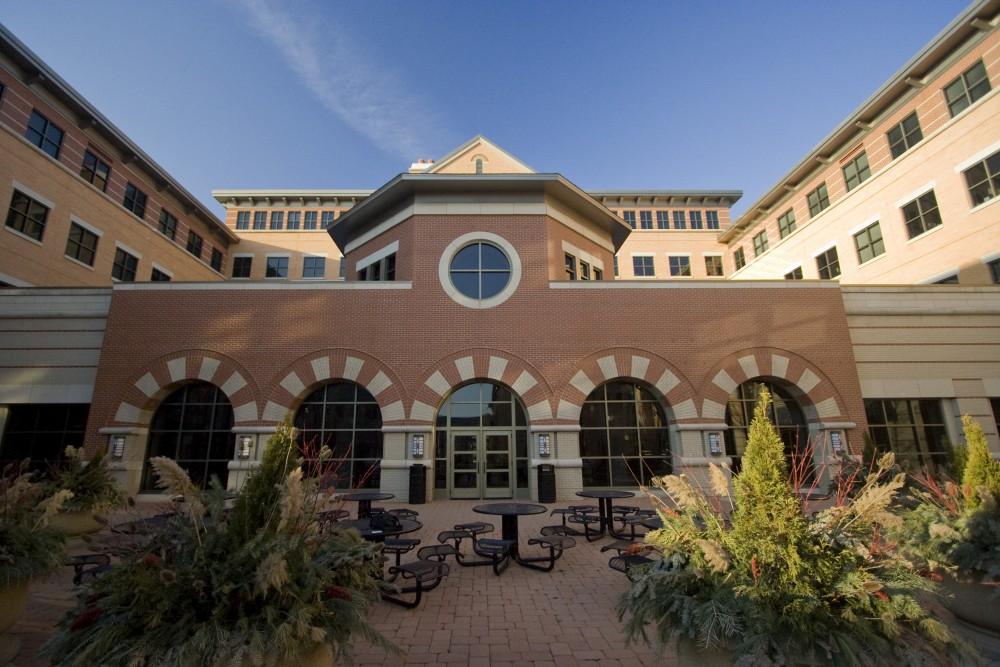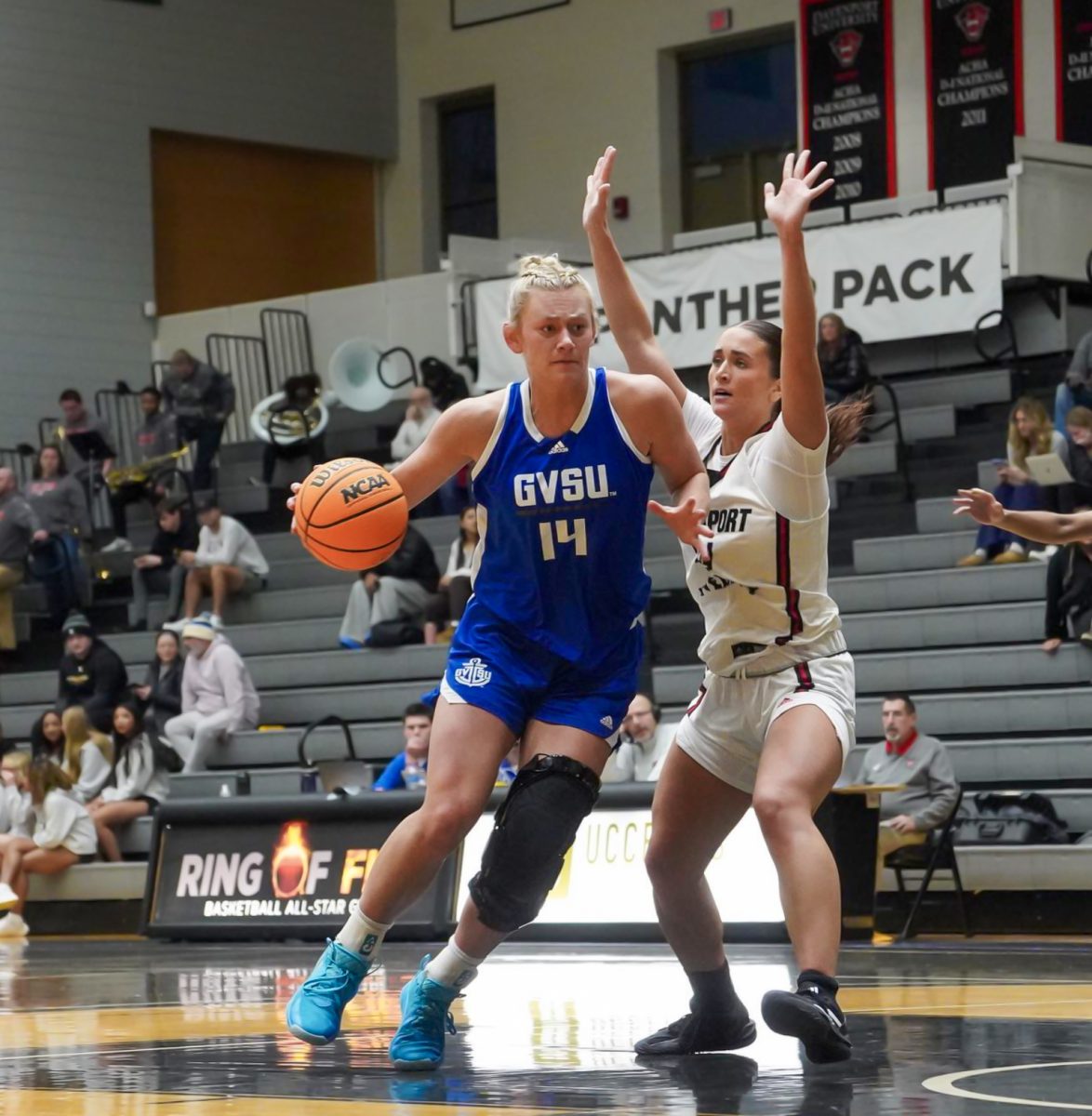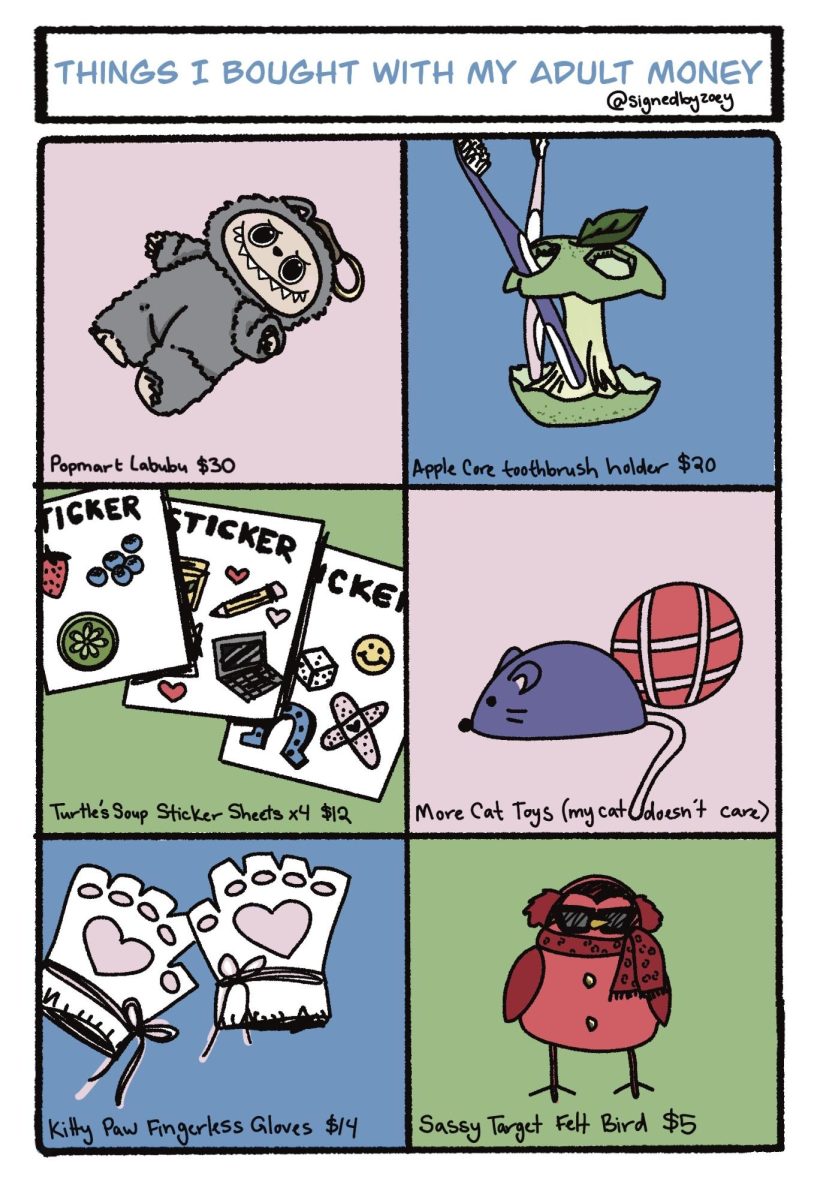News Briefs 10/26/20
Oct 26, 2020
GV COVID-19 campus data update
Since GVSU began conducting random testing on campus Aug. 27, the cumulative total COVID-19 cases since August 1st is 1,046. The university’s update of data used for this brief was from Friday, Oct. 23.
Through testing results this past week, GVSU’s Virus Action team have so far reported 62 current active cases including 1 faculty member cases, 10 staff members, 6 on-campus students, 25 “off-campus Ottawa” students, and 15 “off-campus Kent” students, 5 “off-campus other” students with active COVID-19 cases.
“Current active cases” is the count of positive cases reported to the Virus Action Team over the past ten days. This is an estimate of those currently in isolation, assuming a ten-day symptomatic period following the reporting of a positive test result. Actual periods of isolation are specific to the individual and determined by the county health department.
Testing and Incidence: GVSU’s own testing program has performed 17,091 tests overall since August 21, for a positivity rate of 0.22% from the latest update as of the last week.
“GV Surveillance” includes the GV/Spectrum administered programs of: randomized testing, regular testing of high-risk groups, and invited testing of individuals connected to potential clusters. A calendar is available. “GV Total” includes surveillance testing plus all symptomatic/exposure tests administered by Spectrum.
Seeds of Promise uses community-first approach to help Grand Rapids
A Grand Valley State University-sponsored non-profit organization is looking to help residents all over Grand Rapids with a bottom-up, community-first holistic approach to charity work. Seeds of Promise is a Padnos/Sarosik non-profit organization based on the south side of Grand Rapids looking to help those struggling within the city.
Paula Collier, a Seeds of Promise board member, has been very involved with the organization, which is looking to make a replicable model to help those in poverty increase their knowledge with applicable resources so that those struggling are not relying on government assistance.
“If we teach people how to fish and not give them a fish, it allows people to be independent and not dependent on public resources,” said Collier.
To read the full story, visit www.lanthorn.com
GV students help small businesses with marketing, business plans as owners navigate COVID-19
A new program in Grand Valley State University’s Seidman College of Business is pairing students with area small business owners and entrepreneurs to help them develop or strengthen their businesses.
The program is called LendGR, offered through the DeVos Center for Entrepreneurship and Innovation (CEI). Students provide 25 hours of work for each client, helping with business plan writing, branding, social media, marketing materials, market research and web content. The program is free for clients; students are paid by CEI.
The program serves West Michigan startups, micro and small businesses that are in the early stages of business with limited access to capital and resources. LendGR seeks to serve women-owned, minority-owned, and veteran-owned businesses as these are the key target populations
LendGR started as a pilot program more than a year ago, but once COVID-19 hit, the program refocused to offer clients emergency assistance.
Daniela Ceccato, a junior majoring in business, said LendGR has given her invaluable real-world experience. The international student from Italy has helped several clients with social media development and website analysis.
“I’ve learned more working with my clients than any other experience,” said Ceccato. “This has given me the opportunity to help businesses in a tangible way. I keep up on them and follow them on social media to see if they are utilizing what I developed for them.”
GV Virus Action Team provides update on CDC Regulations
The Grand Valley State University COVID-19 Virus Action Team has released new information regarding the COVID-19 pandemic and some adjustments to guidelines for protecting your health and safety.
The action Team is encouraging a “Staying Strong” approach to continue to keep GVSU and the larger community as safe as possible. COVID-19 is highly contagious. Flu season has started and will peak between December and February, and a flu shot is encouraged.
The Centers for Disease Control has modified its COVID-19 exposure criteria. Exposure is now defined as being within 6 feet of someone with COVID-19 for 15 cumulative minutes in a 24-hour period, regardless of PPE. Shorter but repeated contacts that add up to 15 minutes over a 24-hour period now count as close contact.
Consistent with CDC guidance, GVSU requires anyone who has been in close contact with a COVID-19 patient to quarantine for a minimum of two weeks. To reduce your risk of becoming a close contact or of contracting COVID-19, maintain social distancing of at least 6 feet whenever possible, wear a face covering, and wash your hands often with soap and water for at least 20 seconds or use a hand sanitizer that has at least 60% alcohol. The new guidelines do not affect current GVSU protocols for face coverings and social distancing in classrooms and other spaces.
Ottawa County Census self-response rates up 4.1% over 2010
Despite the outbreak of Covid-19 and an end date that was a bit of a moving target, the 2020 Census wrapped up in Ottawa County with an estimated self-response rate of 79.5%, up 4.1% from 2010. This once-a-decade roll call informs how more than $675 billion in funding for more than 100 federal programs are distributed. This Census was unique in that it marked the first time everyone in the U.S. could respond online. Having this option proved to be an advantage when door-to-door visits were delayed due to the pandemic.
Through a grant from the Michigan Municipal League, Ottawa County worked in conjunction with Lakeshore Nonprofit Alliance to encourage Census participation, provide educational materials to 52 different nonprofit organizations and groups, and conduct a social media information campaign.
Lakeshore Nonprofit Alliance and its contractors – Rich C. Lakeberg, Ottawa County Project Support Specialist; and Jody Immink, J. I. Consulting Services in Holland – answered questions, provided direction, formulated plans, and created and distributed materials to reach hard-to-count people, such as minorities, low-income and transient populations. And, working in conjunction with County, they curated a web page devoted to Census information with Ottawa County’s web portal.
Dr. Steven Dillingham, Director of the Census Bureau, said the high response rate is a testament to how much the American people have prioritized the importance of the census.
“America stepped up and answered the call: shape your future by responding to the 2020 Census,” Dillingham said. ““Generally, better data comes from self-response, but after a decade of global decline in census and survey participation along with the challenges presented to communities by COVID-19, we had not expected to exceed the 2010 self-response rate. That we did is a testament to the American people, our nearly 400,000 national and community partners, and very importantly our staff.”






